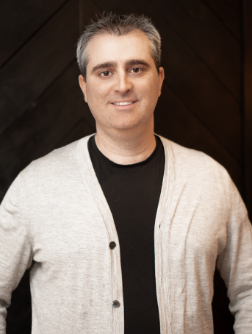We all love optimizing. Whether it’s dialing in the cost of goods, chasing every rebate, or fine-tuning your marketing and frame board management, there’s a certain satisfaction in making things run just a little tighter. But what happens when those levers stop moving the needle? You might be facing a different kind of problem: a capacity ceiling.
It’s the hidden variable in the Eisenhower matrix that doesn’t get enough attention. We tend to prioritize optimization options based on urgency and importance but often overlook a third factor: potential. And sometimes, the highest-potential move isn’t to save more or squeeze harder—it’s to expand.
Imagine a practice with 4 lanes and 2 doctors sharing the schedule. One works 4 days a week; the other works 3. That’s 7 doctor days total. They’re booked out solid for 2 months. This situation may sound like success, but it’s not quite what it seems.
If you’re running efficiently and still turning patients away, every empty slot you don’t have is costing you. Every week without coverage sends patients to competitors, and some won’t come back. Multiply that by 2, 3, or 4 months, and you’re looking at tens of thousands of dollars in lost exams, optical sales, and long-term loyalty.
This is the moment to pause and ask whether your ceiling is about efficiency or availability.
Too often, we double down on training or process improvements when we’re trying to save the way to success, but the truth is you can’t save your way there. You can only take steps to set your practice up for a future of growth.
To start, look at your doctor productivity. If you’re averaging fewer than 3 patients per hour, that’s the first area to improve. With the right systems, staffing, and workflow, getting to 3 patients per hour should feel sustainable, not stressful. That single shift can turn “we’re maxed out” into “we’ve got room to grow.”
If you’re already at that level, it’s time to think bigger and consider adding a doctor. We’ll talk more about that in next week’s Tip of the Week!
This editorial content was supported via unrestricted sponsorship.




